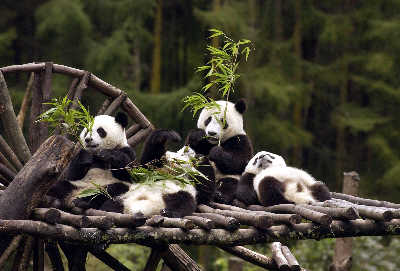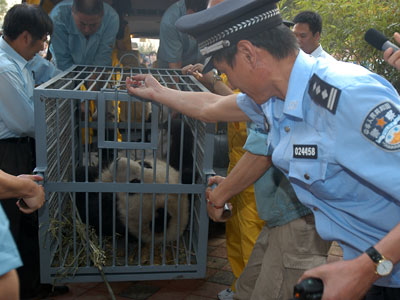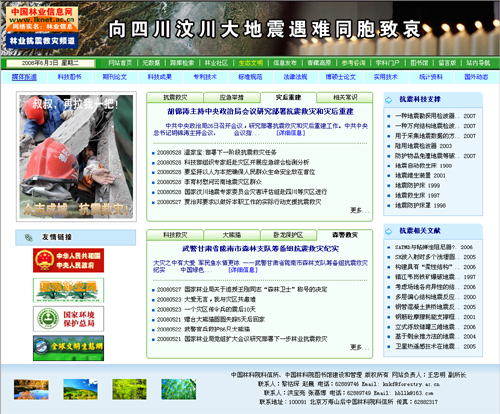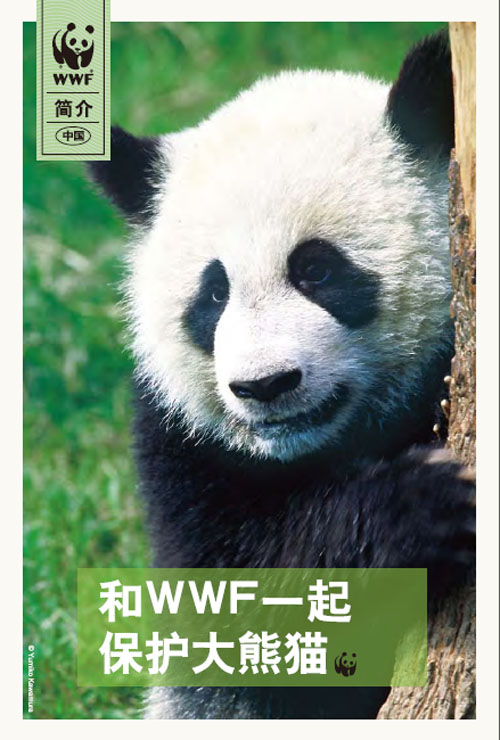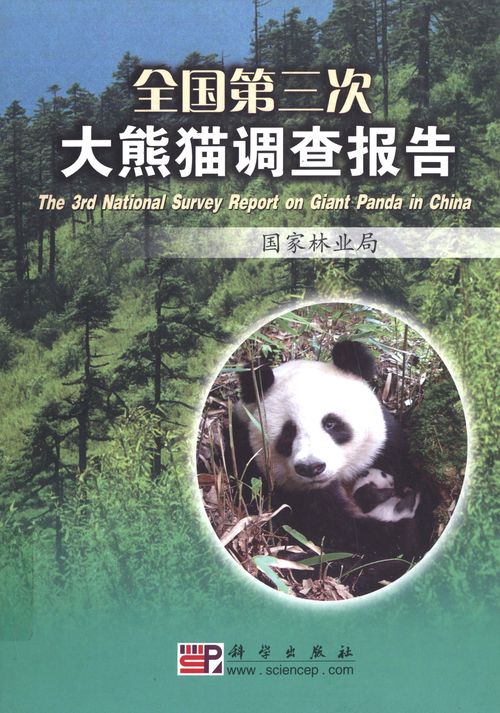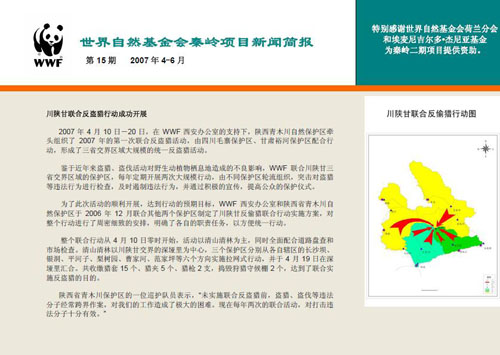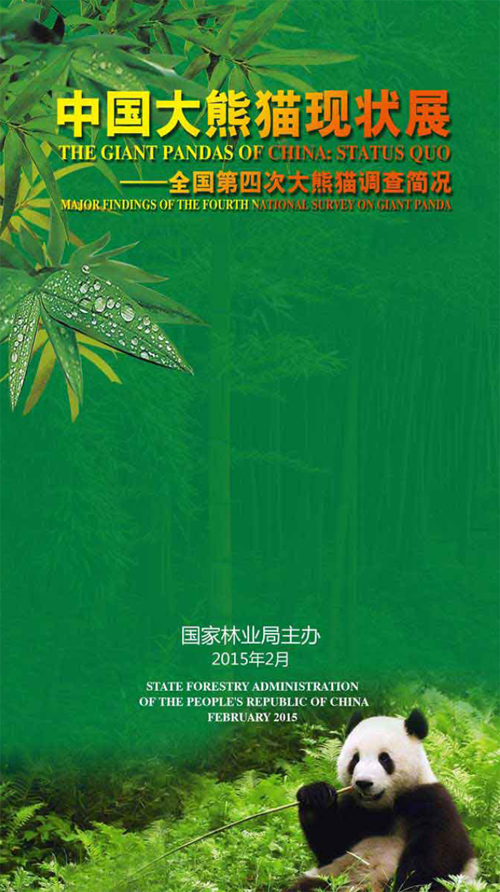
卧龙自然保护区人工种植大熊猫可食竹环境适应性初步研究
编号
lyqk007076


中文标题
卧龙自然保护区人工种植大熊猫可食竹环境适应性初步研究


作者
黄金燕
李文静
刘巅
张明春
谢浩
蔡水花
李晓燕
黄圣杰
徐亚琳
周世强
周小平
李德生
张和民


作者单位
1 中国大熊猫保护研究中心 大熊猫国家公园珍稀动物保护生物学国家林业和草原局重点实验室 四川都江堰 611830;
2 四川卧龙国家级自然保护区管理局 四川卧龙 623006


期刊名称
世界竹藤通讯


年份
2018


卷号
16


期号
5


栏目名称
学术园地


中文摘要
采用样方法调查了人工种植大熊猫可食竹当年的环境适宜性和生长差异。调查结果表明,竹子种植成活率除刺黑竹为60.56%外,其它竹种都在84%以上,且刺黑竹与蓉城竹间的种植成活率有显著差异(P<0.05);每100丛母竹平均发笋数量,拐棍竹、油竹子、蓉城竹、篌竹、八月竹、斑苦竹、刺黑竹分别为320、277、231、181、165、61和59株,其中拐棍竹、油竹子与蓉城竹休眠芽萌发相对较多而发笋数较多,斑苦竹和刺黑竹发笋数量较少;篌竹、蓉城竹和拐棍竹新生竹笋的存活率较高,达97%以上,油竹子、刺黑竹次之,最低的为八月竹和斑苦竹;新生竹平均基径八月竹最大,为0.858 cm,其次是斑苦竹,为0.662 cm,拐棍竹最小,仅为0.265 cm,且除刺黑竹-油竹子、刺黑竹-篌竹、篌竹-油竹子、篌竹-蓉城竹外,其它竹种新生竹基径间存在显著差异(P<0.05);新生竹平均秆高以八月竹最高,为88.4 cm,其次为斑苦竹,为64.8 cm,拐棍竹最矮,为22.0 cm,且除刺黑竹-篌竹、篌竹-蓉城竹、篌竹-油竹子、蓉城竹-油竹子、斑苦竹-八月竹外,其它竹种间新生竹秆高生长均存在显著差异(P<0.05)。总体评价,在当地人工种植大熊猫可食竹,刺黑竹前期表现种植成效或环境适应性最差,斑苦竹次之,其它竹种表现较好。


基金项目
2012年大熊猫国际合作基金项目“中国保护大熊猫研究中心大熊猫竹子基地建设”项目(编号:SD1117)。


英文标题
A Preliminary Study of the Environmental Suitability of Artificially Planted Bamboo for the Giant Panda in Wolong Nature Reserve


作者英文名
Huang Jinyan, Li Wenjing, Liu Dian, Zhang Mingchun, Xie Hao, Cai Shuihua, Li Xiaoyan, Huang Shengjie, Xu Yalin, Zhou Shiqiang, Zhou Xiaoping, Li Desheng, Zhang Hemin


单位英文名
1. China Conservation and Research Center for the Giant Panda;National Forestry and Grassland Administration Key laboratory for Rare Animals Conservation Biology, the Giant Panda National Park, Dujiangyan 611830, Sichuan, China;
2. Sichuan Wolong National Nature Reserve Administrative Bureau, Wolong 623006, Sichuan, China


英文摘要
The differences in environmental suitability and growth rates between bamboo species artificially cultivated for the giant panda were measured using quadrat plots in the year they were planted. The results showed that the survival rates of all bamboo species were above 84% except for Chimonobambusa neopurpurea, whose survival rate was 60.56%, and the survival rates of Ch. neopurpurea and Phyllostachys bissetii were significantly different (P<0.05). The average number of bamboo shoots per 100 clumps of mother plants for Fargesia robusta, F. angustissima, Ph. bissetii, Ph. nidularia, Ch. szechuanensis var. szechuanensis, Pleioblastus maculatus and Ch. neopurpurea were 320, 277, 231, 181, 165, 61, and 59, respectively. The buds of F. robusta, F. angustissima and Ph. bissetii were dormancy-released and they produced many more bamboo shoots than the others, while the bamboo shoots number of P. maculatus and Ch. neopurpurea were the least. The shoot survival rates of Ph. nidularia, Ph. bissetii and F. robusta were the highest at more than 97%, which were followed by F. angustissima and Ch. neopurpurea, and Ch. szechuanensis var. szechuanensis and P. maculatus the lowest. The average basal diameter of new bamboo was the largest in Ch. szechuanensis var. szechuanensis at 0.858 cm, the second largest in P. maculatus newborn bamboo at 0.662 cm, and the smallest in F. robusta newborn bamboo at 0.265 cm. The differences in the basal diameters of newly born bamboo were significantly different from each other (P<0.05), except for those of Ch. neopurpurea and F. angustissima, Ch. neopurpurea and Ph. nidularia, Ph. nidularia and F. angustissima, and Ph. nidularia and Ph. bissetii. The average culm height of Ch. szechuanensis var. szechuanensis was the highest at 88.4 cm, second highest in P. maculatus at 64.8 cm, and the lowest in F. robusta at 22.0 cm. The growth rate of new culm heights were significantly different from each other (P<0.05) except for Ch. neopurpurea and Ph. nidularia, Ph. nidularia and Ph. bissetii, Ph. nidularia and F. angustissima, Ph. bissetii and F. angustissima, and P. maculatus and Ch. szechuanensis var. szechuanensis. Generally speaking, among the bamboo species planted for the giant panda, Ch. Neopurpurea was the worst in the planting effectiveness and environmental suitability, and then P. maculatus showed better performance than Ch. Neopurpurea, while the other species of bamboo were good in growth performance.


英文关键词
giant panda;edible bamboo;artificial cultivation;environmental suitability;growth performance


起始页码
20


截止页码
24


作者简介
黄金燕,男,教授级高级工程师,从事以大熊猫及其伴生动植物为主的保护生物学、生态学及圈养大熊猫野化放归研究。E-mail:huangjinyanabc@sina.com。


DOI
10.13640/j.cnki.wbr.2018.05.004


参考文献
[1] 易同培, 蒋学礼. 大熊猫主食竹种及其生物多样性[J]. 四川林业科技, 2010, 31(4):1-20.
[2] 李承彪. 大熊猫主食竹研究[M]. 贵阳:贵州科技出版社, 1997:439-487.
[3] 杨道贵, 向永国, 鲜光华. 引种大熊猫主食竹种早期生物量的测定[J]. 四川林业科技, 1990, 11(4):35-40.
[4] 杨道贵, 王金锡, 宿以明, 等. 大熊猫主食竹引种区生态气候相似距的研究[J]. 竹子研究汇刊, 1995, 14(1):1-13.
[5] 杨道贵. 王朗引种区大熊猫主食竹生长发育规律的研究[J]. 竹子研究汇刊, 1992, 11(4):1-3.
[6] 刘兴良, 向性明. 大熊猫主食竹人工栽培技术试验研究:单因素造林试验成效分析(Ⅱ)[J]. 竹类研究, 1996(1):36-42.
[7] 周世强, 黄金燕. 大熊猫主食竹种的研究与进展[J]. 世界竹藤通讯, 2005, 3(1):1-6.
[8] 郭建林. 白水江大熊猫食用竹引种初报[J]. 竹子研究汇刊, 1990, 9(4):95-96.
[9] 周世强, 黄金燕, 谭迎春, 等. 卧龙特区大熊猫竹子基地栽培成效调查报告[J]. 四川林勘设计, 2005(1):50-51.
[10] 刘明冲, 周世强, 黄金燕, 等. 卧龙自然保护区退耕还竹成效调查报告[J]. 四川林业科技, 2006, 27(2):80-81.
[11] 周世强, 黄金燕, 谭迎春, 等. 卧龙特区大熊猫竹子基地施肥实验成效分析[J]. 四川林勘设计, 2006(2):25-27.
[12] 周世强, 黄金燕, 魏荣平, 等. 卧龙大熊猫食物基地的竹子种群密度及生物量[J]. 四川林业科技, 2008, 29(3):8-13.
[13] 张万儒. 卧龙自然保护区的森林土壤及其垂直分布规律[J]. 林业科学, 1983, 19(3):254-268.
[14] 卧龙自然保护区管理局. 卧龙植被及资源植物[M]. 成都:四川科学技术出版社, 1987:8-9.


PDF全文
浏览全文


-
相关记录
更多
- 干扰对大熊猫主食竹影响研究进展 2023
- 史前中国竹林资源与利用 2023
- 智能滴灌施肥对“秀场”海棠生长表现的影响 2020
- 世界箣竹属栽培品种研究(Ⅰ) 2019
- 大型机械带状整地对杉木良种幼林生长的影响 2019
- 世界箣竹属栽培品种研究(Ⅱ) 2019
 打印
打印

